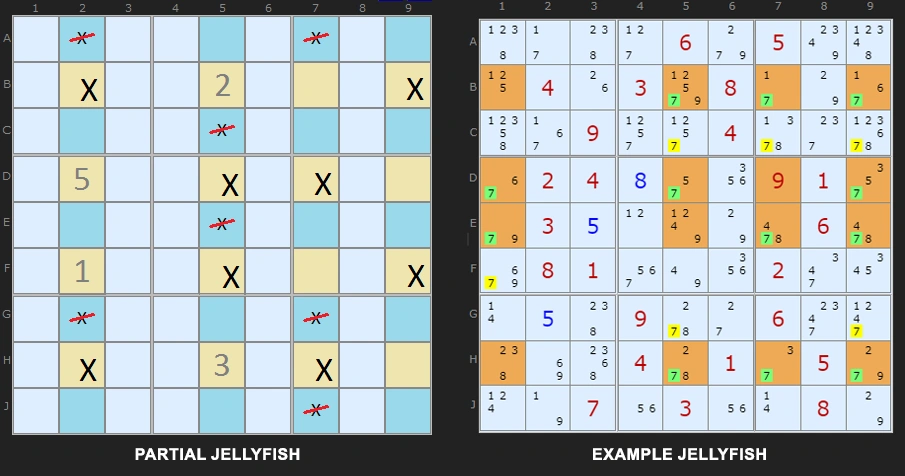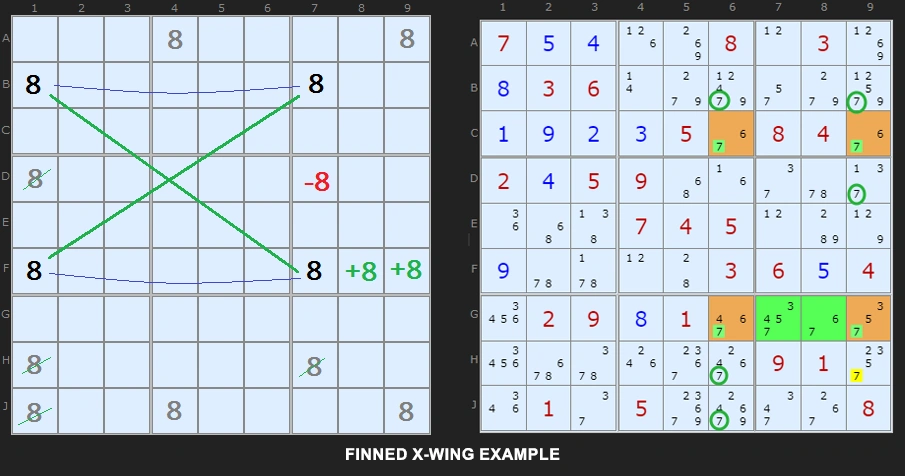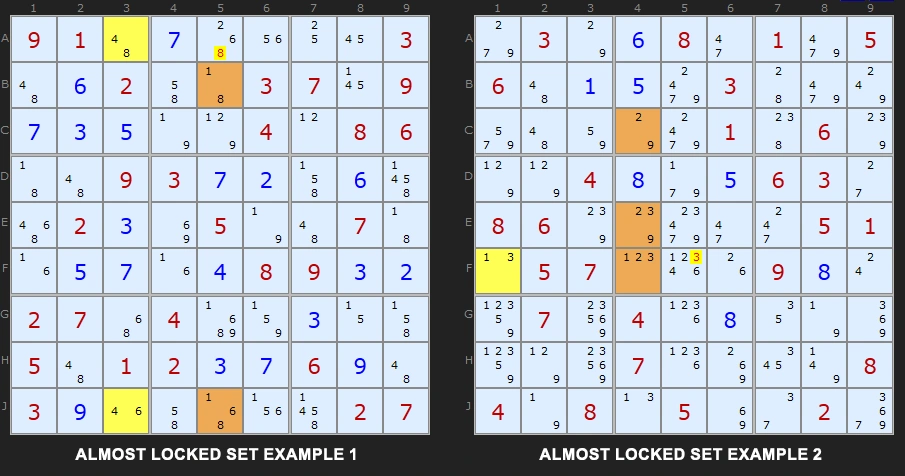Is Sudoku Good for Your Brain?

Sudoku is more than just a puzzle – it’s truly a workout for the brain! Determining which numbers to add, counting, and paying close attention aren’t easy. However, solving the whole game and reaching new higher levels gives unparalleled satisfaction. This guide delves into techniques and strategies dedicated to sharpening the mind and becoming a true Sudoku Master.
Does Sudoku Improve Your Thinking?
There’s been a long discussion about whether logical games, including Sudoku, can benefit cognitive skills, such as logical reasoning, pattern recognition, and mental focus. And it does just that by challenging our brains to solve structured problems. It enhances logical thinking, boosts pattern recognition, and improves memory and concentration, thus can be viewed as an anti-age medicine. People regularly playing this game have a 10-year-younger brain. By incorporating it into your routine, you will only do your brain a favor!
Sharp Mind with 3 Sudoku Techniques
When it comes to more difficult Sudoku levels, certain strategies and techniques can help with the tough grids. These methods are designed to easily identify patterns, eliminate unlikely candidates, and refine the solving approach. They will especially come in handy for experienced players looking to tackle more challenging puzzles.
1. Jellyfish
The Jellyfish strategy is an advanced technique, similar to Swordfish. It works best in harder puzzles where simpler strategies fail. It involves identifying a candidate that appears four times across four rows (or columns). For starters, you have to find four rows where a certain number (marked as X) appears as a candidate in four places within the same four columns. One of those four spots in each row must contain the number. Since it is already “locked” in those four columns, you can eliminate it from any other cell in those columns.

2. Finned X-Wing
Finned X-Wing is a variation of the X-Wing technique. But instead of the “X shape,” it has an additional “fin,” which is an extra candidate in one of the intersecting rows or columns. This strategy provides a great elimination opportunity. To apply it, you have to first identify a pattern similar to X-Wing. Then you have to find the “fin” – an extra candidate in the same row or column as the X-Wing but located inside the same 3×3 region as one of the X-Wing candidates. This fin will help eliminate numbers in affected rows or columns, helping to solve the puzzle quicker and more efficiently.

3. Almost Locked Sets
The name of this technique speaks for itself. When playing, you have to identify the groups of cells with limited candidates, which are, however, not yet locked. The group usually consists of 3-4 cells, and the cells are in the same row, column, or 3x3 region. The groups you’re looking for are linked strongly by interactions. They can help eliminate candidates from other cells that share those links, narrowing down your choices. This strategy comes to help when simpler techniques like scanning and penciling don’t seem to work. It can help you handle more intricate and time-consuming puzzles.

What Makes Sudoku the Best Puzzle Game?
Sudoku stands out among other puzzles thanks to its reliance on logic over guesswork, its universal appeal, and its scalability. It provides both mental challenge and relaxation, giving a strong satisfaction to players of all ages and skill levels. Moreover, it’s truly a brain workout that can provide you with improved concentration and memory and delay cognitive decline.


